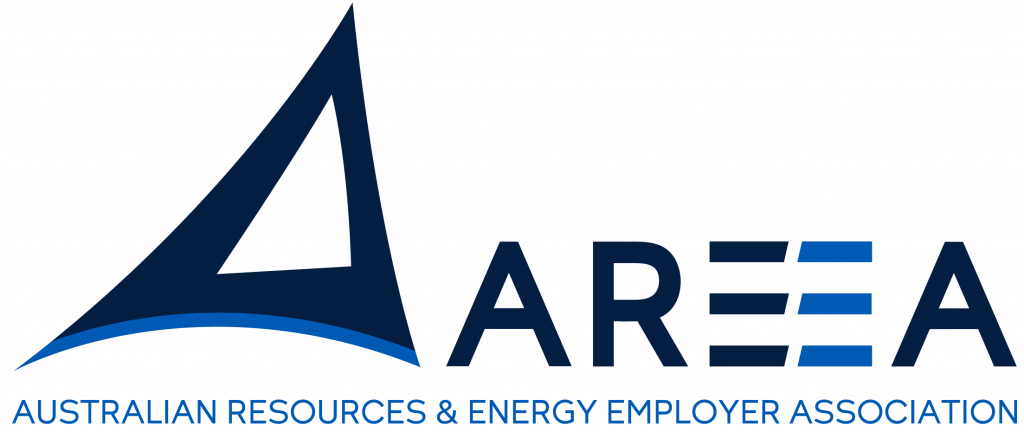Published on www.myresources.com.au. Click here to view.
By: AREEA Chief Executive Steve Knott
When the Federal Government granted the first EMA in late May, the country should have celebrated the enormous economic, training and employment benefits that would flow from the multi-billion dollar Roy Hill project in the Pilbara.
However, as the debate played out across the national media, it was disappointing to see the level of unfair criticism from unions and a small number of elected government officials around the resource industry’s use of temporary migrant workers.
Such misinformation about the industry’s recruitment practices does nothing for the long term future of major resource projects and the Australian workers who wish to forge a career in one of the country’s most prosperous industries.
To consider the issue objectively, it’s important to look at the facts.
The latest federal government figures tell us there’s more than $500 billion worth of resource projects either in the advanced stages or awaiting approval, and within the coming three to four years the industry will create an estimated 90,000 new jobs.
To secure all these projects and bring these great opportunities to fruition, Australia must be able to demonstrate to multi-national investors that we have the workforce capabilities required to build these large-scale projects.
With the peak construction workforces for many large projects representing many thousands of people, the reality is that the current domestic supply cannot meet the demand during these early stages.
The Federal Government recognised this in its National Resource Sector Workforce Strategy and identified a number of initiatives to secure the high number of skilled workers needed to bring these projects to life.
EMAs formed one of its 31 recommendations and were introduced for resource projects with a capital expenditure of $2 billion or more and a peak workforce of at least 1,500. Currently this criteria captures around 13 projects.
The point of the EMA program is to allow temporary use of highly-skilled migrant workers in the construction phase of these projects, while ensuring Australian workers receive the long term benefits of training and future employment opportunities.
Roy Hill will create 8000 workers during the peak construction phase, of which up to 1,700 could be temporary migrant workers under the EMA.
What hasn’t received as much attention is the 2000 training positions that have been committed for local workers and the 83 per cent of the $10 billion capital expenditure for the construction of this project that will be spent in Australia to support local jobs and industry.
Contrary to this, some union and political identities drove a misleading campaign that the EMA concept was all about replacing Australian workers with cheap migrant labour.
Ignoring the significant costs and regulation that are involved in sourcing overseas labour, these critics placed misguided pressure on the government to further regulate resource employers’ recruitment processes.
AREEA has raised concerns over any further interference by the government or unions in the labour sourcing activities of our employers, highlighting to the government that the resource industry is already actively advertising its vacancies through AREEA miningoilandgasjbos.com, an online jobs board and extensive careers and industry guide.
To address concerns from members over privacy, government access to click through rates and further interference in recruitment activities, AREEA has entered into an arrangement whereby job vacancies posted on this industry-run website feed to the government’s jobs board. It’s a compromise that will reduce the duplication of industry’s existing recruitment efforts by eliminating the need for employers to place job vacancies directly on the government site.
We welcomed the collaborative approach taken by Minister Bill Shorten’s office. However, AREEA has cautioned the government against any further involvement of itself or the unions in the industry’s recruitment and training processes beyond the jobs board.
This is an important step in getting the processes behind EMA’s and other skilled migration programs right. Just like the Snowy Mountains Hydro-Electric Scheme, imported expertise and labour is often required to help build nation-defining projects.
Right now, Australia’s resources projects fall within the same category and the use of EMA’s will certainly deliver great outcomes for Australia for many years to come.



